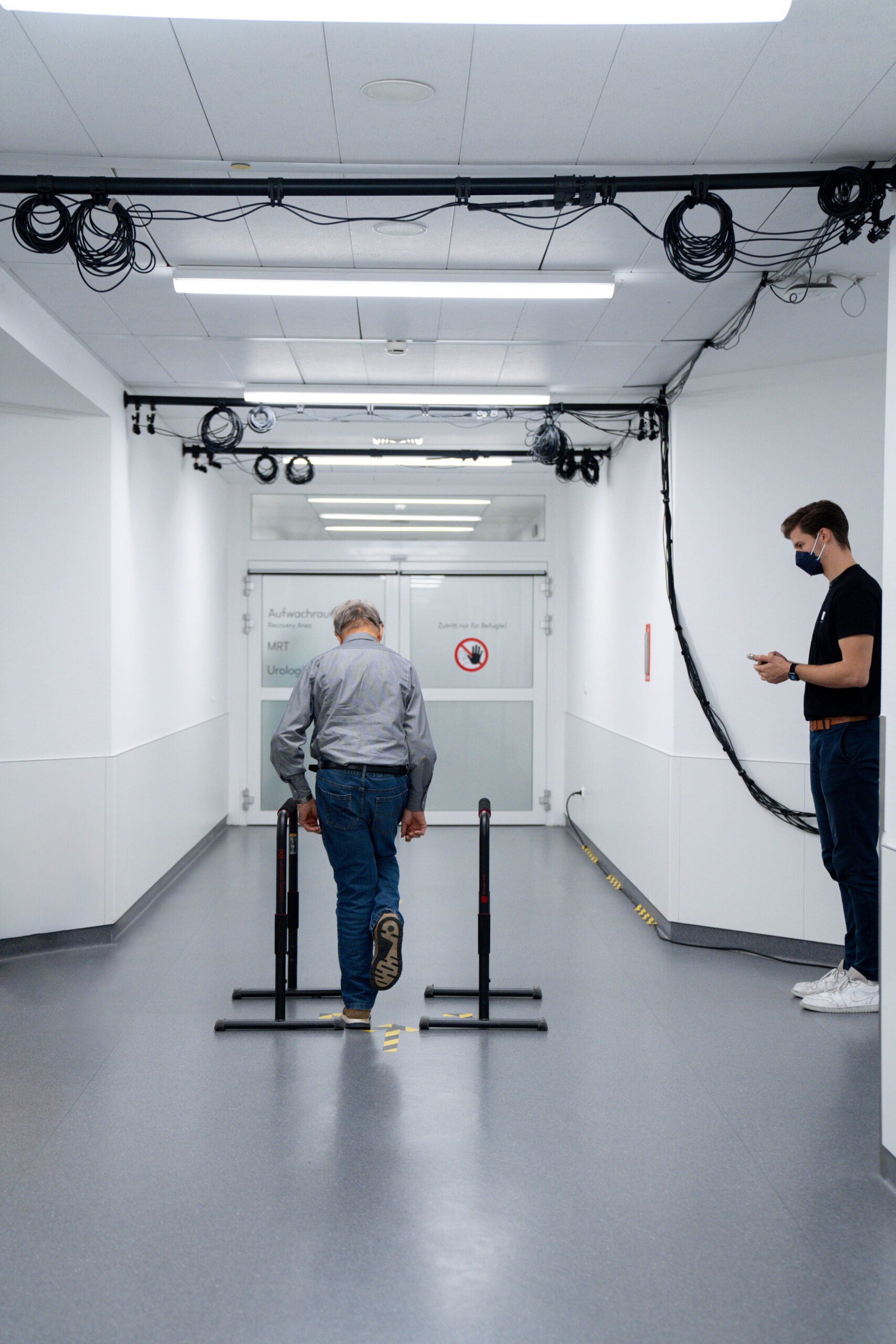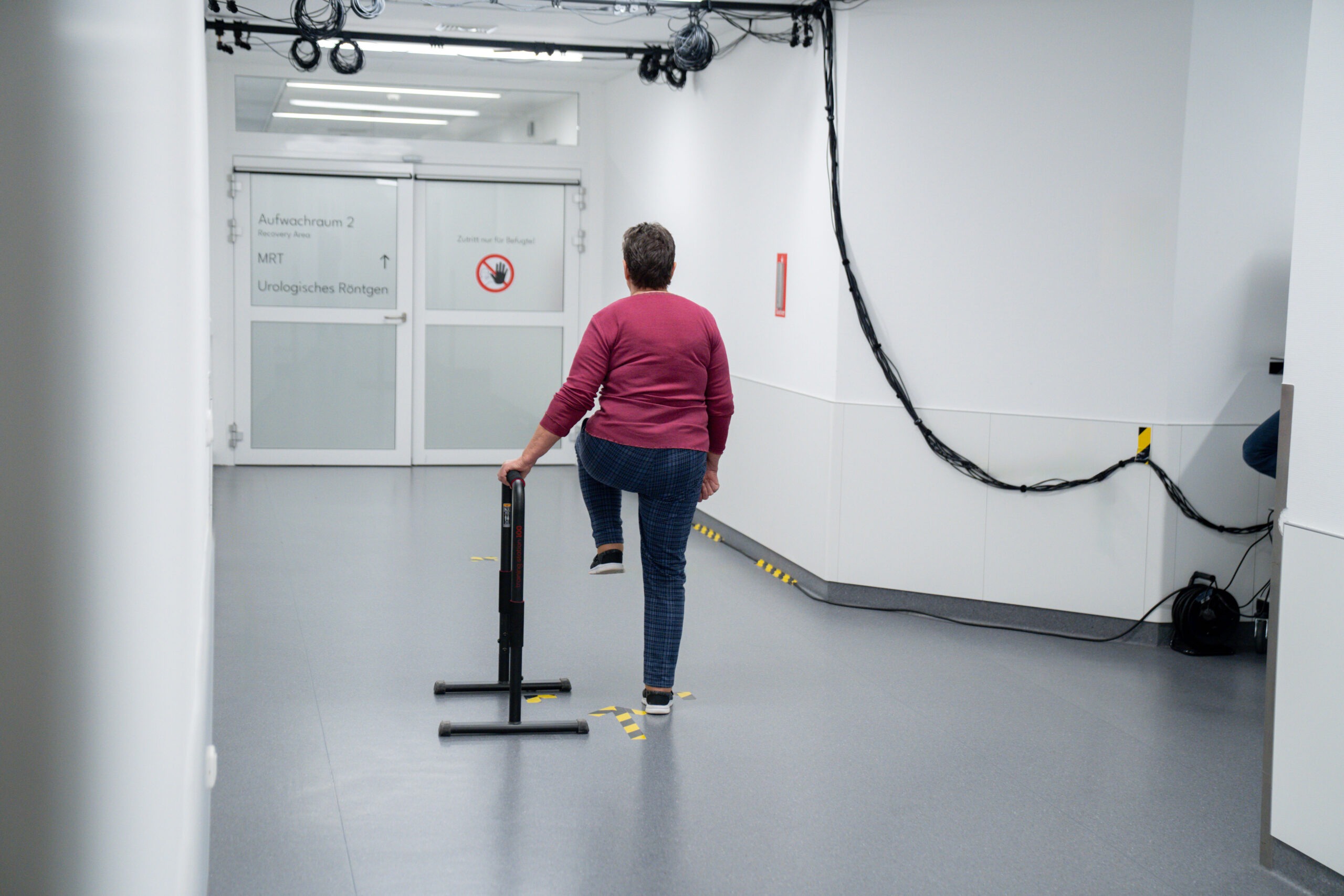For some time now, we have been working together with the team of Prof. Dr. Martin Kieninger from the Department of Anesthesia at the Universitätsklinikum Regensburg on a project to improve the pre-hospital care of polytrauma patients. The project is investigating how the various immobilization options, in particular cervical support, affect the cervical spine. In the first part of the project, our inertial motion capture system from Movella was used to investigate different techniques for repositioning patients on the stretcher of the ambulance.
The corresponding paper was recently published at PLOS One:
https://doi.org/10.1371/journal.pone.0292300
Based on the results, a further study evaluated the movements of the cervical spine during loading of the patient into the ambulance and during transportation on the vacuum mattress with and without cervical support. The aim is to find out whether a cervical support can be dispensed with when transporting polytrauma patients if immobilization is provided by a vacuum mattress.
The studies were conducted in close cooperation with Johanniter-Unfall-Hilfe e.V. and Malteser in Deutschland.











